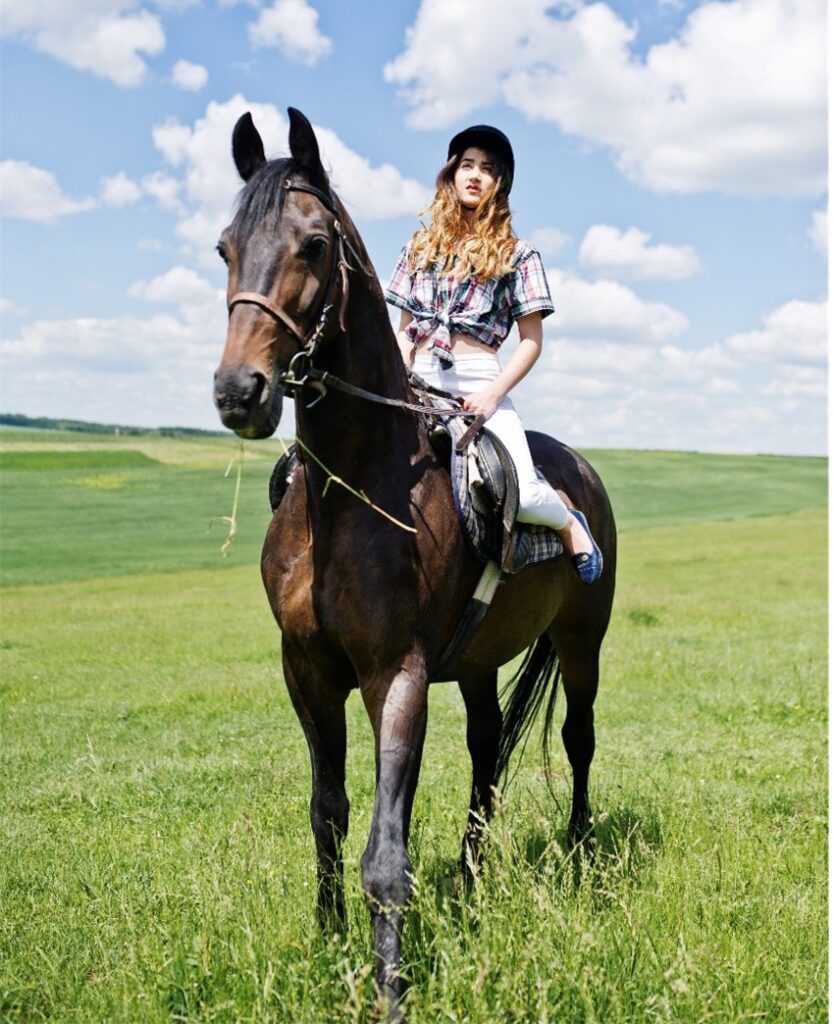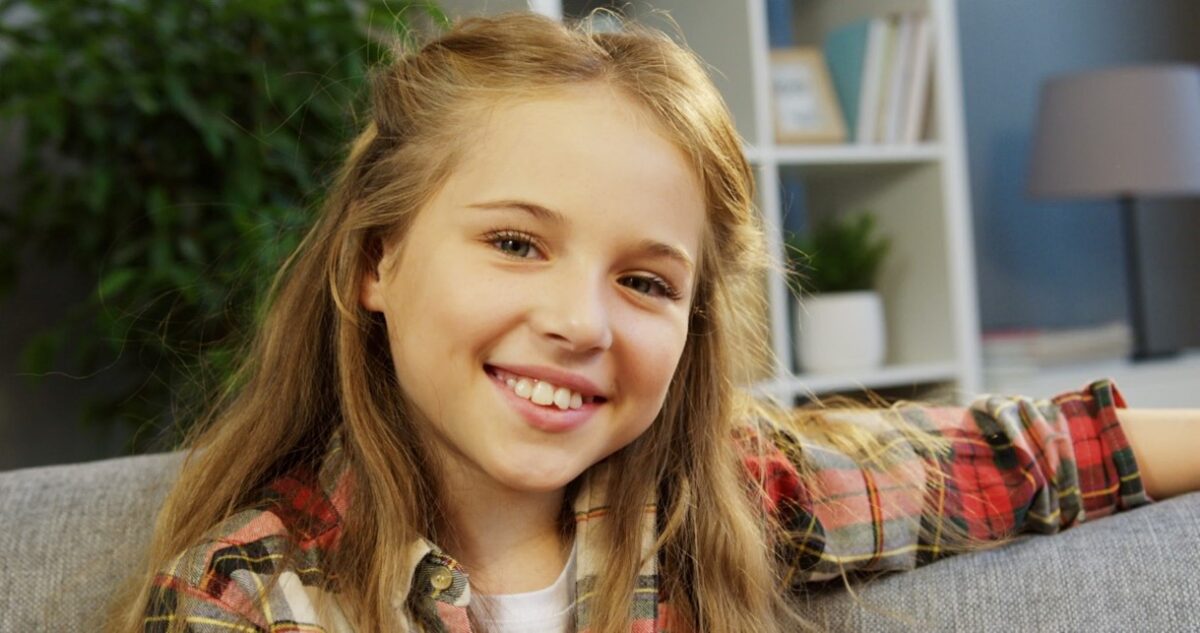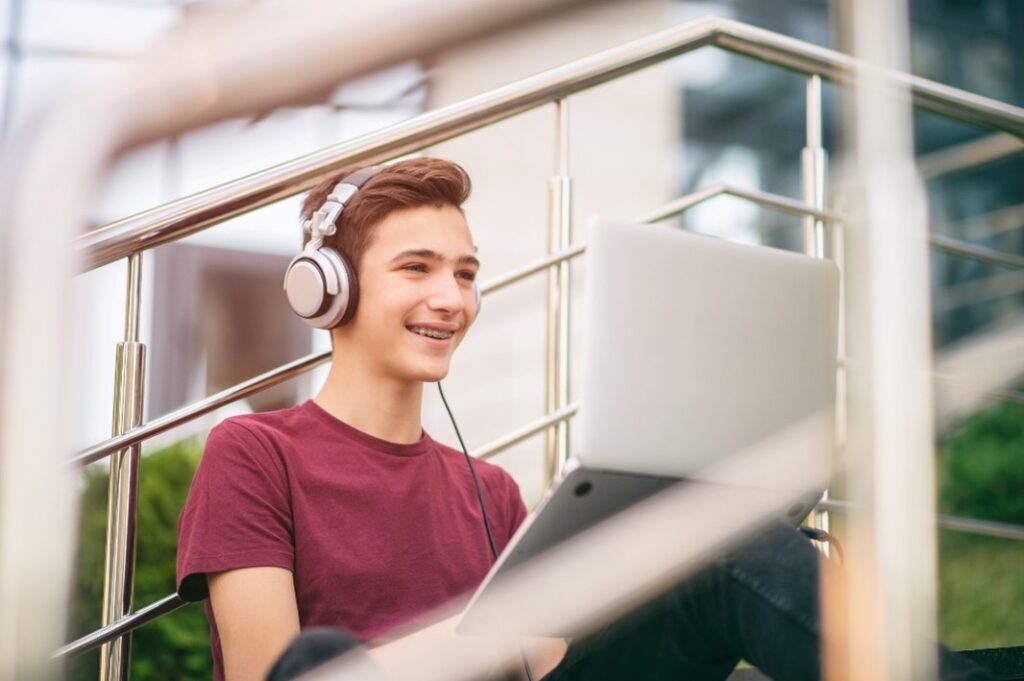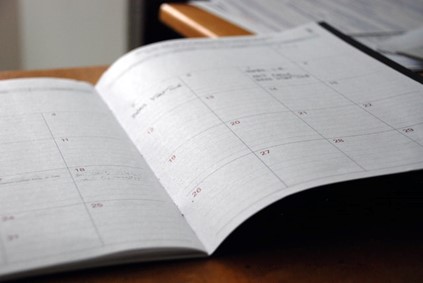In an era where digital landscapes form an integral part of human interaction and entertainment, a growing concern is emerging with the misuse of technology, particularly among teenagers. While the rise of gaming and social media platforms has brought about revolutionary ways of connecting, learning, and playing, their addictive nature has also led to a host of issues, including decreased productivity, mental health problems, and strained relationships. The Alpine Academy of Utah explores the realms of gaming addiction and social media obsession, offering insights into setting healthy boundaries for fostering a more balanced relationship with technology.
Understanding the Problem
Gaming and social media platforms are designed to captivate and engage users for extended periods of time. Features such as endless scrolls, notifications, and rewards for engagement tap into the human brain’s reward system, often leading to excessive use. For teenagers, whose brains are still developing, this can result in a form of digital addiction, characterized by a compulsive use of digital devices, despite the negative repercussions this may have on their lives.
Gaming Addiction
Gaming addiction has been recognized by the World Health Organization as a disorder, indicating its severity and global impact. It is characterized by impaired control over gaming, increasing priority given to gaming over other activities to the extent that it takes precedence over daily responsibilities and interests.
Social Media Obsession
Similarly, social media obsession manifests through an excessive concern with social media platforms and an overwhelming need to spend a lot of time on them. This obsession can lead to anxiety, depression, and loneliness, which is ironic because these platforms’ primary aim is to connect people.
The Impact on Teenagers
The impact of technology misuse among teenagers is multifaceted, affecting their physical health, mental well-being, and social skills. Physically, prolonged screen time can lead to eye strain, sleep disturbances, and reduced physical activity. Mentally, it can exacerbate or lead to anxiety, depression, and other mental health issues. Socially, excessive technology use can impair a teenager’s ability to engage in face-to-face interactions, potentially leading to social withdrawal and isolation.
Setting Healthy Boundaries
Addressing technology misuse requires a concerted effort from parents, educators, and the teenagers themselves. Here are some tips for setting healthy boundaries:
• Educate on the Risks
Start by educating teenagers about the potential risks associated with excessive gaming and social media use. Understanding the “why” behind these rules will help them internalize the need for boundaries.
• Create a Balanced Schedule
Encourage teenagers to create a balanced schedule that includes time for studies, hobbies, physical activity, and technology use. Prioritizing a diverse range of activities can help reduce the appeal of spending so much time online.
• Encourage Real-Life Connections
Promote activities that require face-to-face interaction, such as team sports, clubs, or family outings. Real-life connections provide a healthier form of social engagement and reduce the reliance on digital platforms for social satisfaction.
• Implement Technology-Free Zones
Designate certain areas of the home, such as the dining room or bedrooms, as technology-free zones. Similarly, set specific times when screens are off-limits, such as during meals or within an hour of bedtime, to help everyone disconnect and engage in other activities.
• Use Parental Controls Wisely
Parental controls can be a useful tool in managing technology use. However, they should be used judiciously and in discussion with your teenager rather than as a punitive measure. This approach can help teach self-regulation and responsible technology use.
• Model Healthy Technology Use
Parents and guardians should themselves serve as models of healthy technology use. Demonstrating a balanced approach to digital devices can set a powerful example for teenagers to follow.
• Seek Professional Help if Needed
If technology misuse is significantly impacting a teenager’s life, seeking professional help from a psychologist or psychiatrist may be necessary. These professionals can provide strategies and interventions tailored to the individual’s needs.
As technology continues to evolve, so does the challenge of managing its misuse. By understanding the risks associated with gaming addiction and social media obsession, parents, educators, and teenagers can work together to set healthy boundaries. Encouraging a balanced lifestyle, fostering real-life connections, and modeling responsible technology use can empower teenagers to navigate the digital world more safely and mindfully on their own. Through doing so, we can harness the benefits of technology while working to mitigate its potential harms, ensuring a healthier future for the next generation.











